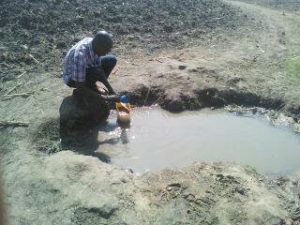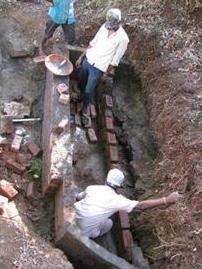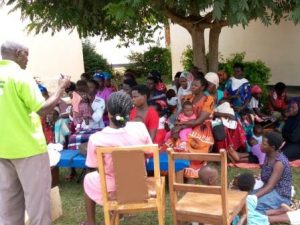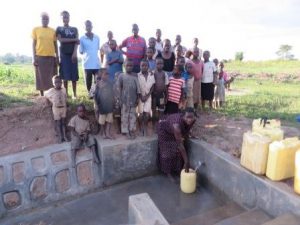Outline of the Follow-up observations
Our priority is placed on responding to the issues and needs of the field in an efficient and effective way.
Since 2015, we have been carrying out follow-up observations one year after the completion of projects in order to understand changing issues and needs.
In FY 2019, the fifth year since we started our follow-up observations, we asked five grass-roots organizations in the Lao PDR, Malawi, Sierra Leone, and Uganda (2 projects) that had been granted the JWF Fund 2018 to conduct follow-up observations. We received consent from the organizations in all the locations except the Lao PDR. With this cooperation, we have been able to conduct our one-year follow-up observations.
This page describes the project Construction and Protection of Kiwanyi Community Spring and Massive Community Sensitization on Water and Sanitation in Uganda.
Construction and Protection of Kiwanyi Community Spring and Massive Community Sensitization on Water and Sanitation in Uganda
|
Outlines of the project supported by the JWF Fund 2018 Background:
Main activities:
|
Follow-up observation in 2020
The results of the survey, conducted by Mrs. Nakamatte Florence of the KHC, are as follows:
- Current situation of the spring water protection facilities
– The spring well is functioning with no damage so far and is being protected from contamination as planned.
– The spring well provides users with enough safe drinking water throughout the year.
- Operation and maintenance system
– The spring well is managed by a water users’ committee composed of 8 members (3 women, 2 community leaders from the villages of Busaala and Kiwanyi, 2 religious leaders and one technical expert).
– They regulate use of the water source through strict by-laws: nobody is allowed to collect water at night or in the late evening and no children below 10 years old are allowed to fetch water without the supervision of an elder person.
– Under monitoring and supervision of the committee, users take care of the spring well on a daily basis.
– The committee provides financial and human resources through collaboration with various stakeholders, especially the district health department, Kiwanyi Health Centre group and other collaborators.
- Changes of the beneficiaries
– Hygiene behavior, such as hand washing and boiling drinking water have improved.
– Before the project, some residents lacked or had substandard sanitation facilities such as latrines, bath shelters, etc. After the project’s completion, some have built or rebuilt such facilities.
– Water-borne diseases have been reduced from 90 cases to 18 cases according to Kiwanyi Health Centre data.
– By improving access to safe water, community togetherness has improved.
- Changes after the project
– The KHC has received 6 applications from neighboring villages to implement similar projects. Due to limited funds, the KHC could afford to respond to only two of them.
Voices from the beneficiaries
|
|
|
|
Mr. Tinga David, 58 years old, a community leader:
|
Photo of the follow-up observation
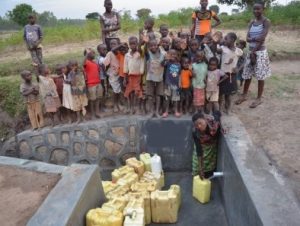 |
| The constructed spring well in 2018 with community people |
(Reported by Shigenori Asai, Director)
